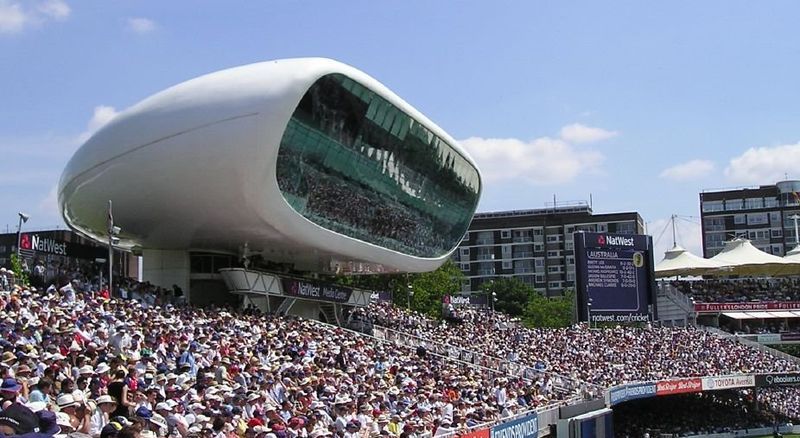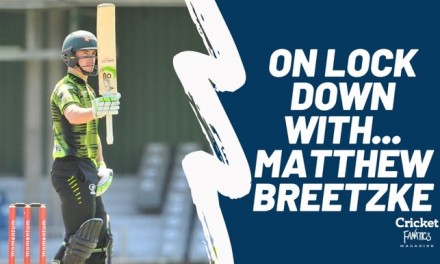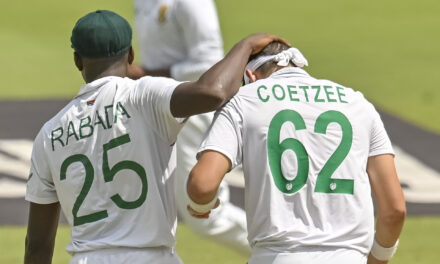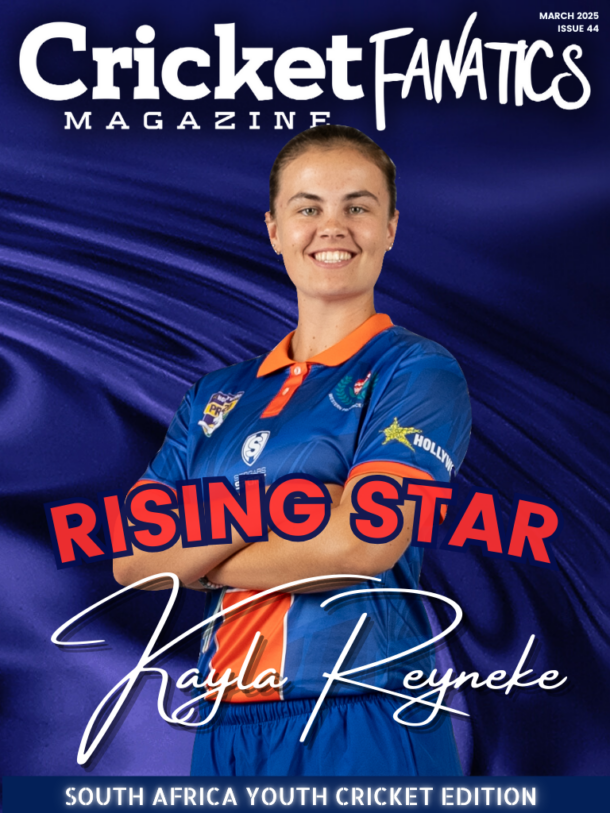We need to invest more time and resources into exposing our cricketers to the challenges they will face in big matches due to media attention, writes Ongama Gcwabe.
There are a lot of aspects in the game of cricket and the team at Cricket Fanatics Magazine has covered many of those aspects of the game. From the coaches that have the capabilities to be the head coach of the Proteas, to the backroom staff, to some of the players who stood out for South Africa in the World Cup.
We look at another aspect of the modern-day game, which has a huge impact on transforming and promoting the game we all love. That media.
How has media (TV, radio, internet etc.) influenced the game?
From the first cricket game to be televised back in 1938 between England and Australia to now, the game has certainly evolved. We continue to see bigger crowds, higher pressure situations and improvement in the game partly because of media – TV in particular.
In modern-day cricket, just having the knowledge and experience on how to handle yourself as a professional cricketer in front of the cameras have become a lot more significant. It is so significant that if two teams are evenly matched, a difference in this knowledge and experience between the two teams might be a deciding factor of the game.
This is something many would not pay adequate attention to and it always backfires.
Take India for instance, the most confident cricket team in the world, deservingly so. The only real difference between India and the rest of the cricketing world is not talent or hard work. The only difference is the fact that India invests a lot more on exposing their cricketers to the highest possible pressures that may come with a cricket game.
This was evident during the World Cup when 21-year-old Rishabh Pant took to the middle in a world cup game for the first time, batting at number four against England and having to chase 338 runs to win. He managed a composed 32 off 29 balls at a strike rate of 110.34.
India affords to do this because they invested in arguably the most important aspect of the game. Not to mention the fact that Pant had only five ODI caps for India prior to being called up to replace an injured Shikhar Dhawan.
Also, the way New Zealand and England responded to high-pressure situations was amazing. This is partly because of the exposure these guys have.
The T20 competitions around the world play a vital role in this. We must face the facts, we don’t have enough players in those competitions, our players don’t have the necessary media exposure.
In the exclusive interview we had with Lutho Sipamla, he mentioned what he learnt from the exposure the Mzansi Super League brought about:
“I learnt precision in everything that I do, from the way I practice through to the way I play on the field. Being precise in the decisions I make on and off the field. And also it exposed me to how I should behave professionally.”
READ: “I’M PUSHING FOR MY OWN IDENTITY” – SIPAMLA
At the World Cup, we saw a Proteas squad that struggled to compete because most, or some of them, had never experienced such intensity and pressure.
Some of our players were not mentally prepared for those big occasions and we knew that very well, but we decided not to pay attention to it as we were supposed to.
South Africa needs to invest more in this regard. We need to broadcast more of our domestic games. It is very hard to believe that less than ten years ago we had domestic games live on SABC 3. The times when Jacques Kallis, Ashwell Prince and Johan Botha still played for the Warriors.
Perhaps we need to put a little more effort in exposing our cricketers to what they will be up against in big matches.
We are not giving our players the best platform to perform at their best abilities. We need to improve the viewership of domestic cricket by increasing the number of people it reaches.
We need to develop a method that will be able to best simulate the high-pressure situations that come with cricket so that our players can grow and be able to compete with the top teams in the world.
Ongama Gcwabe is a sports journalist and the owner of 100mph_CSA. Follow him on – Facebook, Twitter, Instagram.
Photo: Wikimedia Commons











